- Folk custom of worshiping Mr. Ta
- It is strictly forbidden to take advantage of religious activities for personal gain.
- Signing of regulations on coordination of state management of beliefs and religions
- Unique features of the Thien Hau worship belief in Ca Mau
The Neak-Ta worship is not only a typical intangible cultural heritage of the Khmer people, but also a bridge connecting the Kinh - Khmer - Hoa ethnic communities in the southernmost land of the Fatherland.
Origin and meaning of Neak-Ta worship
According to the ethnographic research work “Folk beliefs of the Khmer people in the South” by Tran Hong Lien (Social Sciences Publishing House, 2015), “Neak” in Khmer means “person”, and “Ta” means “he”, a respectable person. Neak-Ta is therefore understood as “a god in the form of an elderly person, with the power to protect the villagers”. The Vietnamese call him “Ong Ta”, the guardian god of villages, fields, wharves and forests. This belief originated in the early period, when people could not explain natural phenomena. They believe that in every land, river, forest or sand dune there is a governing god, called Neak-Ta, with the duty of protecting, driving away evil spirits, granting favorable weather, good crops and a peaceful life.
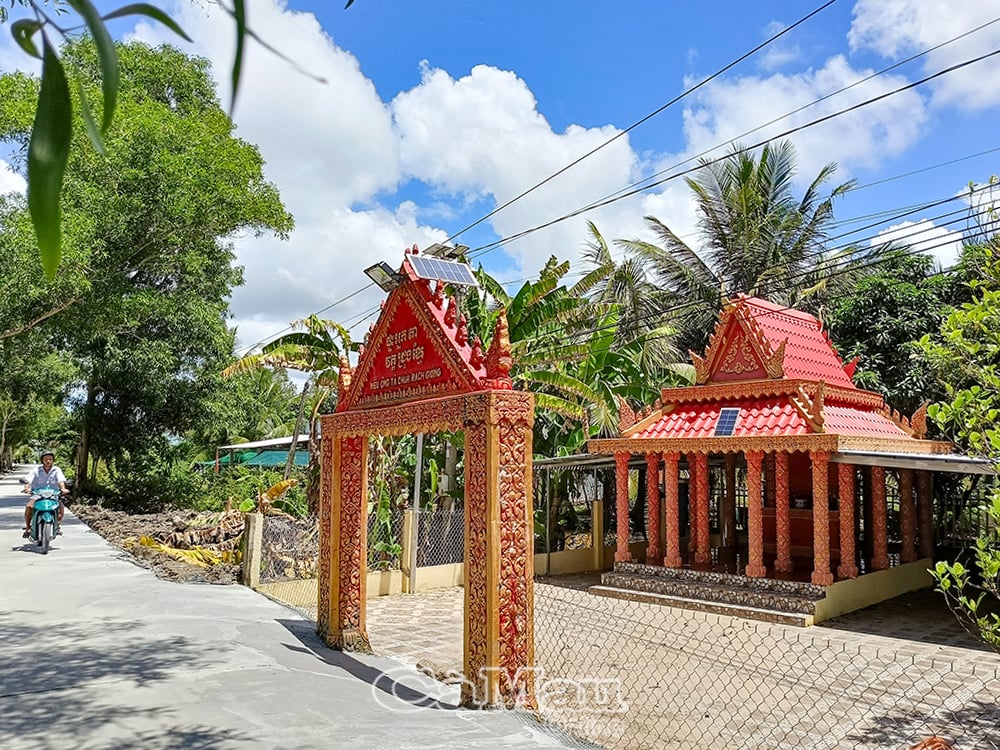 Neak-Ta Temple in Duong Dao Hamlet, Ho Thi Ky Commune.
Neak-Ta Temple in Duong Dao Hamlet, Ho Thi Ky Commune.
In Ca Mau, some Khmer communities from the Mekong Delta migrated here in the 19th century, bringing with them their customs, language and beliefs. On the new land, they built the Neak-Ta temple (Ong Ta temple) at the head of the village, next to an old tree, on the river bank to worship.
Religious space and Neak-Ta imagery
The Neak-Ta shrines in Ca Mau province are usually small in scale, with simple designs ranging from a few inches to over 1 meter in height. Only a few shrines are built on a large scale, typically the Ong Ta Shrine in Duong Dao Hamlet, Ho Thi Ky Commune. Inside the Neak-Ta shrine, there is usually a main altar with several smooth stones symbolizing the god Neak-Ta (usually covered with a red cloth to show solemnity). There is always an incense burner and some small cups of water for local people to burn incense and make offerings. In some places, there are flower vases and plates of cakes and fruits. Some shrines in urban areas are also built with bricks, roofed with corrugated iron, painted red or yellow, combining Vietnamese - Khmer - Chinese architectural styles.
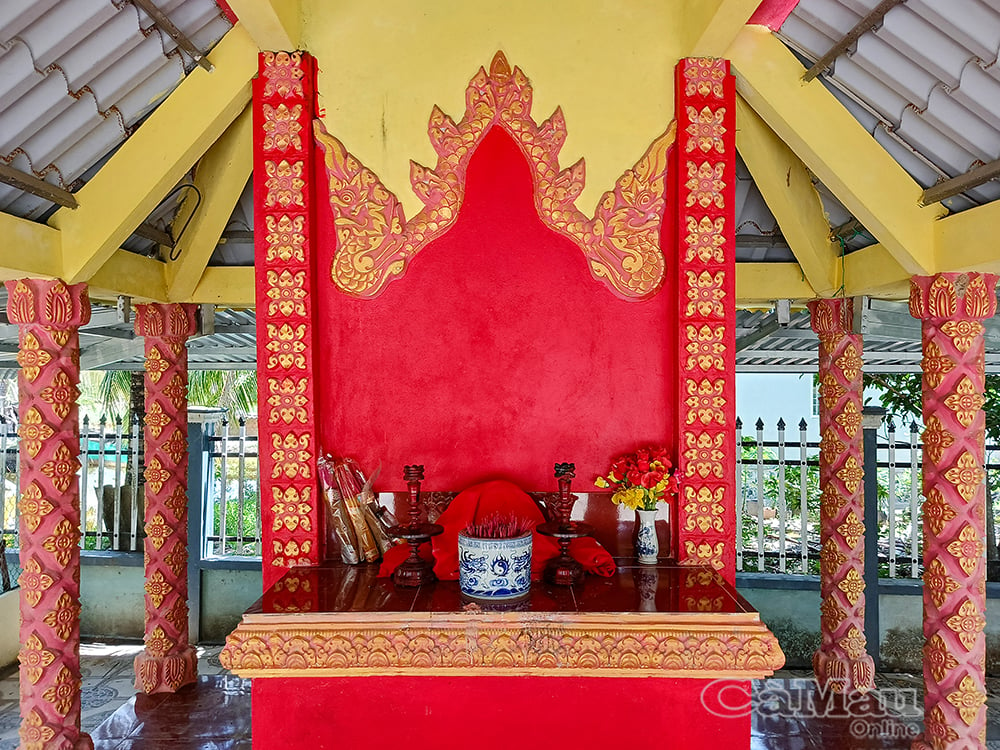 The altar at Neak-Ta Temple is large in scale.
The altar at Neak-Ta Temple is large in scale.
The Neak-Ta worship appears in many provinces in the South, including Can Tho city, Vinh Long province... The image of Neak-Ta has many other variations, in some places it is also a natural stone as a symbol of the "stone god", in some places it is carved into a statue of a silver-haired Taoist priest holding a stick, or a red-faced, yellow-robed god - symbolizing power and sacredness. The diversity of Neak-Ta images shows the vitality and adaptability of the belief in contemporary life, from worshiping natural stones to transforming them into specific human gods, to be closer to the people. In Vinh Long province, there is also the Dom-lon Neak-Ta Festival with the main rituals of bathing and changing clothes for the god Neak-Ta, held from March to May of the lunar calendar, the transition time between the dry season and the rainy season, when Khmer farmers enter the new crop season.
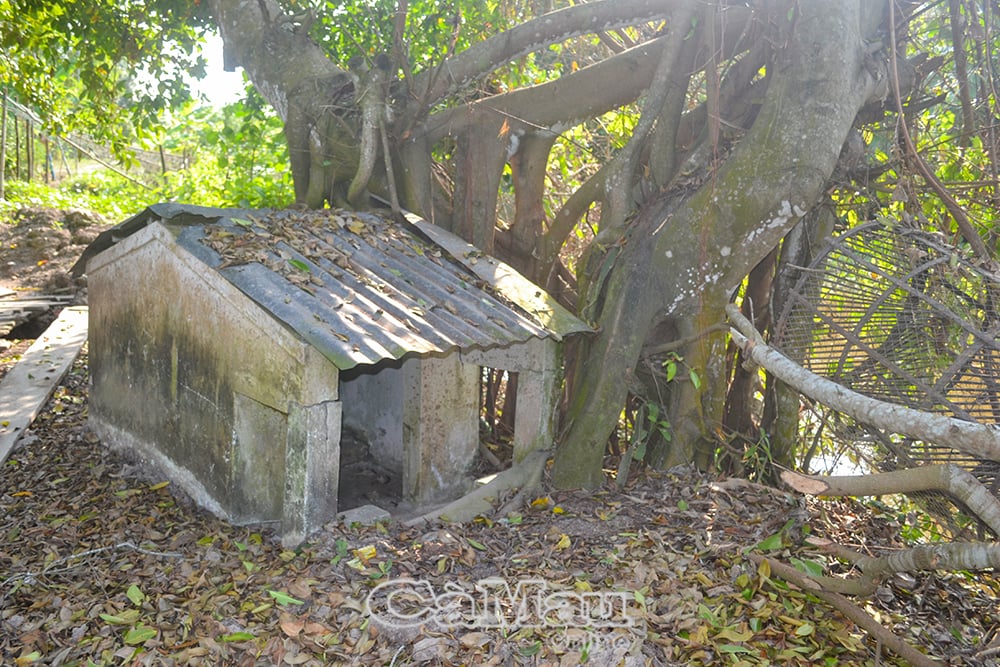 Small Neak-Ta shrine next to an ancient tree.
Small Neak-Ta shrine next to an ancient tree.
Some Neak-Ta temples in Ca Mau also perform the Neak-Ta worship ritual, but the form and scale are simpler, the ritual usually takes place over two days, including the ceremony and the festival: The ceremony begins with the bathing and changing of new clothes for Ong Ta, cleaning the statue or sacred stone, covering it with a new red cloth, symbolizing purity and rebirth; Acha (people knowledgeable in Buddhist scriptures and customary laws) preside over the ceremony, chanting sutras to pray for peace, pray for the dead, and ask the god to bless favorable weather and fertile fields; After that, people bring their own offerings to worship Neak-Ta, usually chicken, duck, roast pork, fruits, betel and areca nuts, banh tet, banh it... to express gratitude and pray for luck. The festival took place in a lively atmosphere with Chhay-dam dance , Robam dance, Du-ke stage, and many folk games such as tug of war, boat racing, duck catching, pot smashing, sack jumping... to create a joyful atmosphere, and at the same time carry the meaning of sending off bad things and welcoming good things, similar to the Vietnamese Ky Yen Festival.
According to traditional customs, the Neak-Ta worship ceremony also has a special ritual of releasing the Xam-pau (boat) made from banana tree trunks, carrying offerings and votive paper on top, and released into the river to float away, symbolizing sending off disasters and epidemics, praying for peace for the village. According to Khmer artisans in Ca Mau, this form of "releasing the boat" is considered a connection between humans and the world of gods and nature, reflecting the harmonious life philosophy of the rice-growing agricultural residents.
Cultural and social values of Neak-Ta worship
The Neak-Ta worship belief bears traces of ancient Brahmanism, mixed with Southern Buddhism and the popular stone worship custom in Southeast Asia. The Neak-Ta temple system in the Southern localities, including Ca Mau province, has demonstrated the strong spread and localization of the Khmer belief system through the process of cohabitation and cultural exchange.
For the Khmer, the image of Neak-Ta is not only a guardian deity, but also a symbol of justice, integrity and benevolence. People believe that Neak-Ta can “bestow blessings or curse disasters”, so they often pray when they encounter difficulties, when there is a crop failure or a dispute in life, sometimes when they lose property or household items. At that time, the offering to pay tribute to the god Neak-Ta is often a bunch of bananas, a plate of fruit or a chicken or a duck. In many cases, “swearing before Ong Ta” is considered the most effective oath, demonstrating the ethical and folk legal function of this belief.
 The Neak-Ta altar in the large shrine with stones covered with red cloth.
The Neak-Ta altar in the large shrine with stones covered with red cloth.
The Neak-Ta worship also reflects the cultural exchange of the Kinh - Hoa - Khmer ethnic communities in Ca Mau province. On Neak-Ta worship occasions, in addition to the Khmer ethnic people, there are also Kinh and Hoa ethnic people in the locality who participate, eat, play and make offerings together. Thereby, strengthening the spirit of solidarity, consolidating the relationship between clans, between the Khmer and Kinh and Hoa people in the residential area.
Nowadays, although modern life has simplified many ancient rituals, the Neak-Ta worship still exists persistently in the lives of the Khmer people in Ca Mau. Preserving and promoting the good values of the Neak-Ta worship is necessary and urgent, focusing on specific contents such as: Collecting and recording prayers for peace and rituals to worship the god Neak-Ta; Restoring festivals in some typical local villages; Bringing the Neak-Ta worship into the space of cultural and spiritual tourism, associated with visiting Khmer pagodas, experiencing Robam and Chhay-dam dances, etc.
Preserving and promoting the Neak-Ta worship will contribute to preserving the cultural identity of Ca Mau in particular and the cultural traditions of the Southern region in general. At the same time, it will create cultural resources to exploit and serve tourism, contributing to socio-economic development, improving the material and spiritual life of localities.
Dang Minh
Source: https://baocamau.vn/tin-nguong-tho-neak-ta-tai-ca-mau-a123692.html


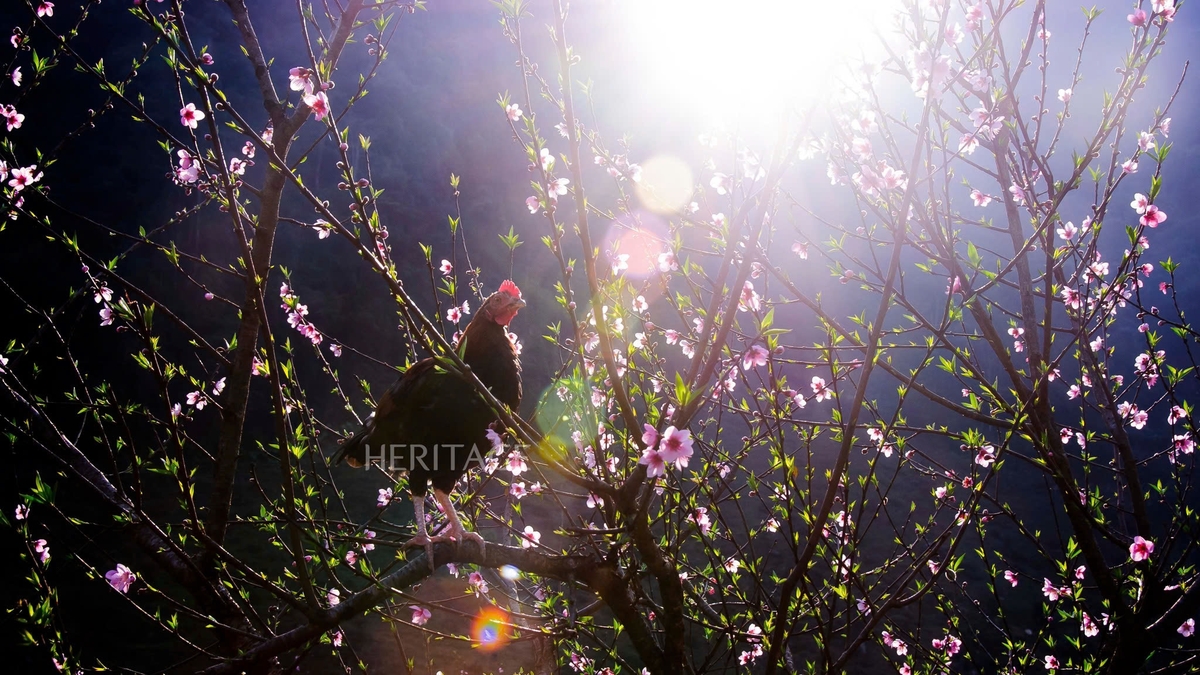










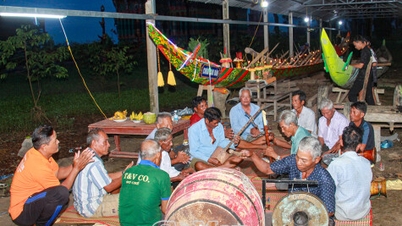
![[Photo] Ca Mau "struggling" to cope with the highest tide of the year, forecast to exceed alert level 3](https://vphoto.vietnam.vn/thumb/402x226/vietnam/resource/IMAGE/2025/11/04/1762235371445_ndo_br_trieu-cuong-2-6486-jpg.webp)









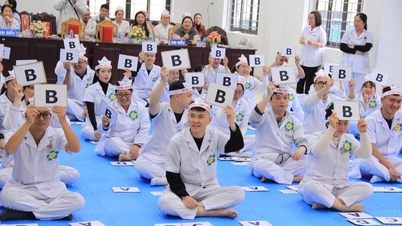
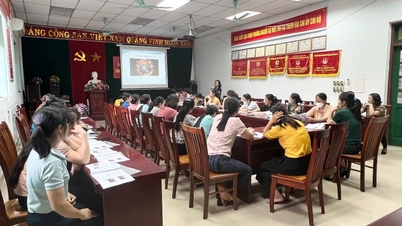




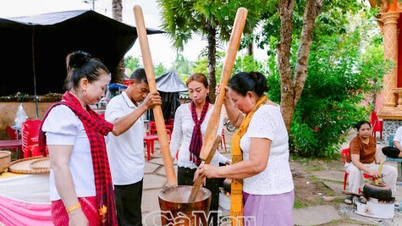

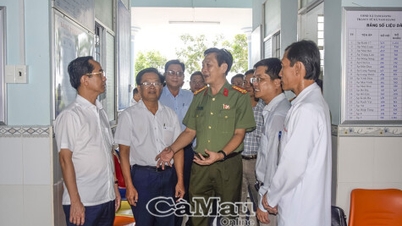
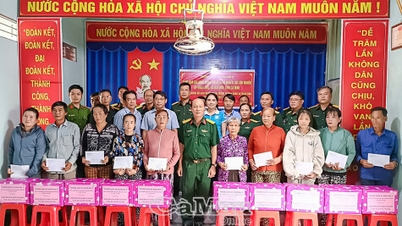

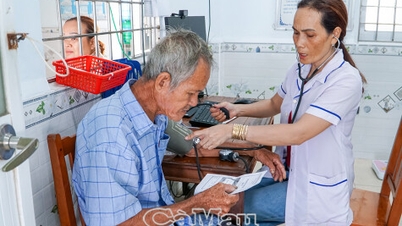

![[Photo] Opening of the 14th Conference of the 13th Party Central Committee](https://vphoto.vietnam.vn/thumb/1200x675/vietnam/resource/IMAGE/2025/11/05/1762310995216_a5-bnd-5742-5255-jpg.webp)















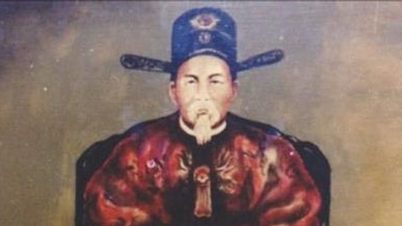








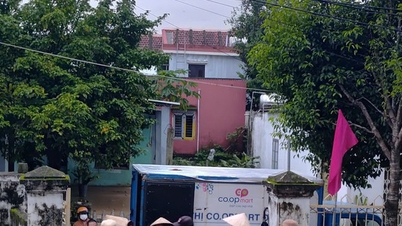
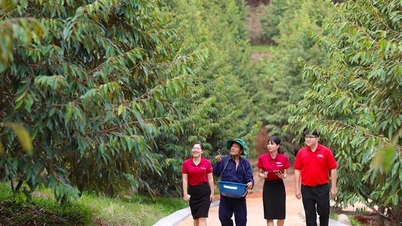



















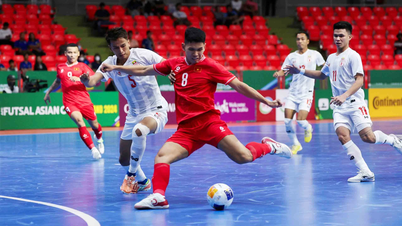







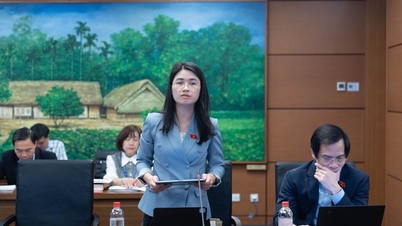



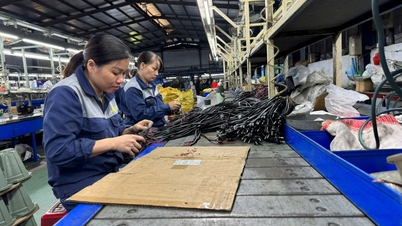

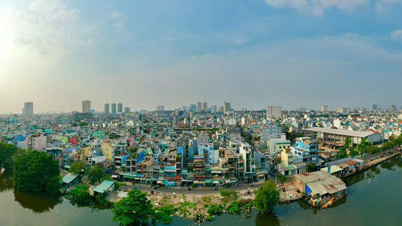



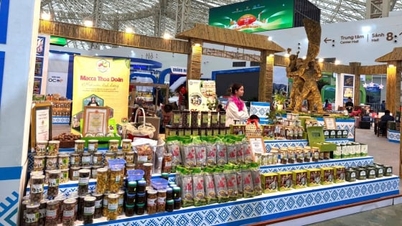











Comment (0)